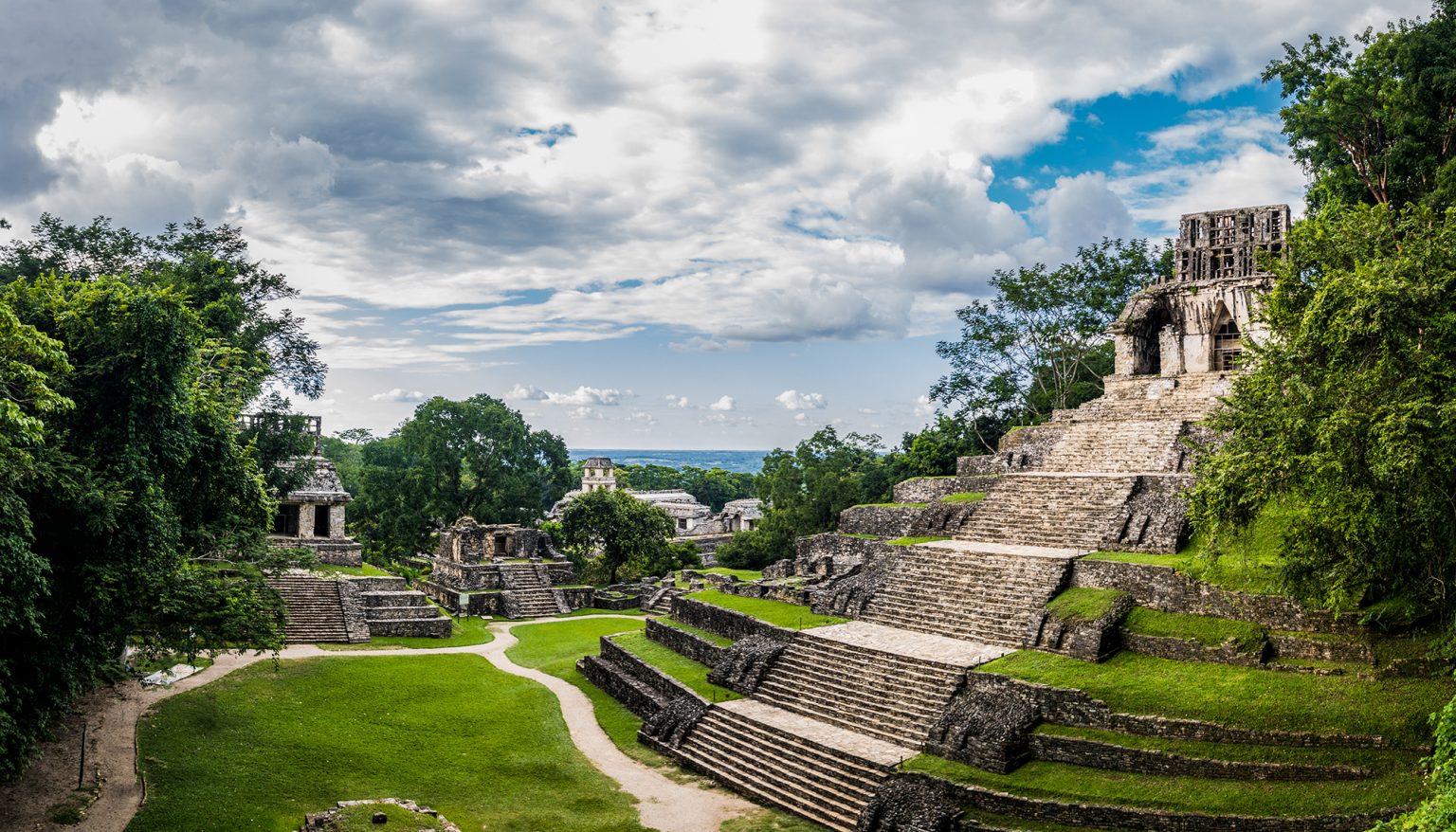The Maya Practiced Beekeeping As Far Back As 3,000 Years Ago, And Some Of Their Bee Cultivation Tools Were Recently Discovered

The ancient Maya practiced beekeeping in the Yucatán Peninsula as far back as 3,000 years ago. Archaeologists in the Mexican state of Quintana Roo have discovered some tools the Maya used for their cultivation of bees.
The finds were of three limestone lids that prevented bees from escaping the hollowed-out logs they were housed in.
According to Carlos Fidel Martínez Sánchez, an archaeologist at the National Institute of Anthropology and History (INAH) in Mexico, the circular lids, or panuchos, are about eight by 10 inches.
They date back to the Maya Postclassic period, which lasted from approximately 950 to the early 1500s, ending when the Spanish conquest occurred. One of the lids was well-preserved and in good condition, but the other two were heavily damaged.
When the researchers were first excavating the area, they thought they had stumbled across the remains of a wall.
However, after finding the lids, they realized the site was once an apiary, which is a location where bees are kept.
More specifically, the Maya cultivated the Melipona beecheii, a species of stingless bee they considered to be sacred.
The species is native to Mexico and is now endangered. They live in hollow trees in small colonies, producing a citrusy, floral honey.
Their honey is less viscous than other types. Today, it is consumed for its anti-inflammatory and antioxidant properties.
diegograndi – stock.adobe.com – illustrative purposes only
Sign up for Chip Chick’s newsletter and get stories like this delivered to your inbox.
In the Yucatán Peninsula, Indigenous people have cultivated these bees for millennia. The bees provided pollination for the growth of crops.
Their honey was also used as a culinary sweetener, a remedy for respiratory and digestive issues, and in rituals.
Ancient Maya priests oversaw the harvesting of honey and held religious ceremonies for the bees. Ah Mucen Kab, a Maya deity, was worshipped as the god of bees and honey.
He showed up quite often in the Madrid Codex, a 1,110-year-old Postclassic manuscript that the ancient Maya created. It also describes some beekeeping techniques. There are only two other surviving manuscripts.
Aside from the limestone lids, the researchers dug up ceramics, beads, flint, an axe, and a hammer. These artifacts paint a picture of the daily lives of Maya commoners, who were likely the backbone of the beekeeping practices.
Researchers will continue searching the region in advance of the development of the Maya Train, a railway that traverses the Yucatán Peninsula, connecting ancient cities and sites.
Welcome to Billionaire Club Co LLC, your gateway to a brand-new social media experience! Sign up today and dive into over 10,000 fresh daily articles and videos curated just for your enjoyment. Enjoy the ad free experience, unlimited content interactions, and get that coveted blue check verification—all for just $1 a month!
Account Frozen
Your account is frozen. You can still view content but cannot interact with it.
Please go to your settings to update your account status.
Open Profile Settings